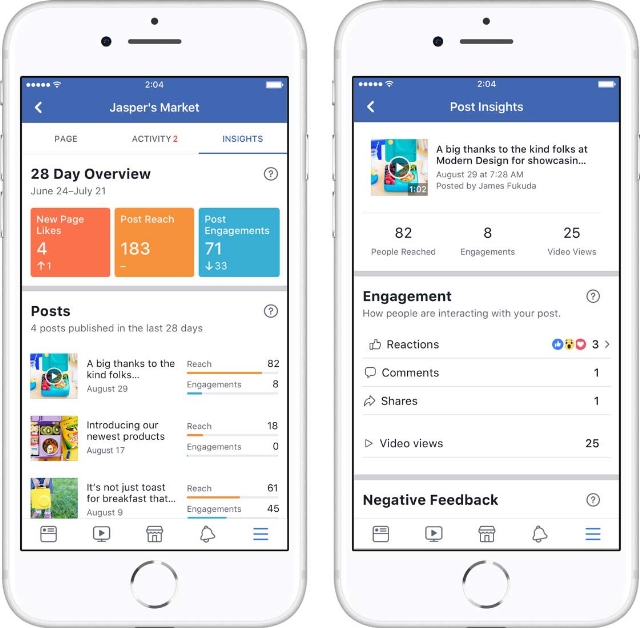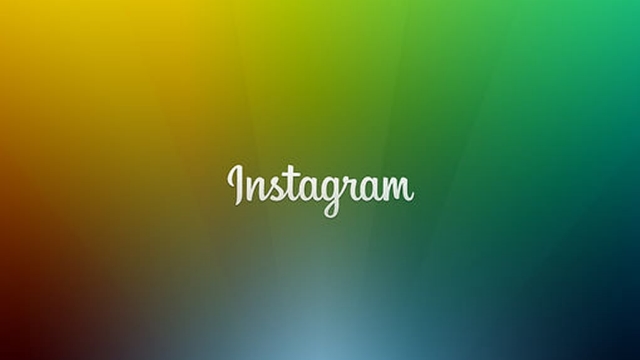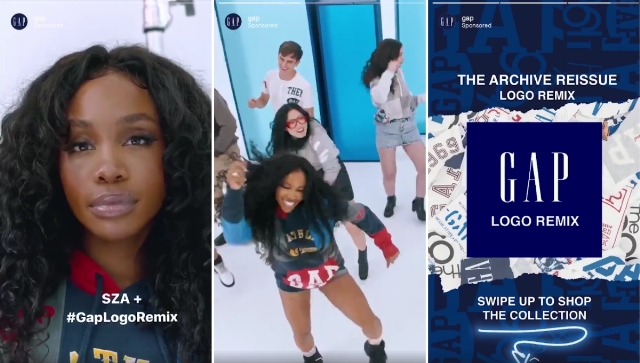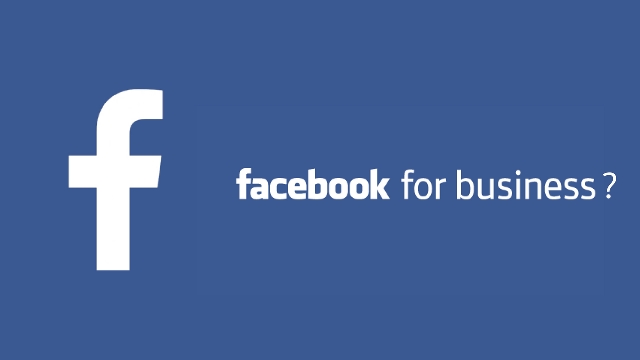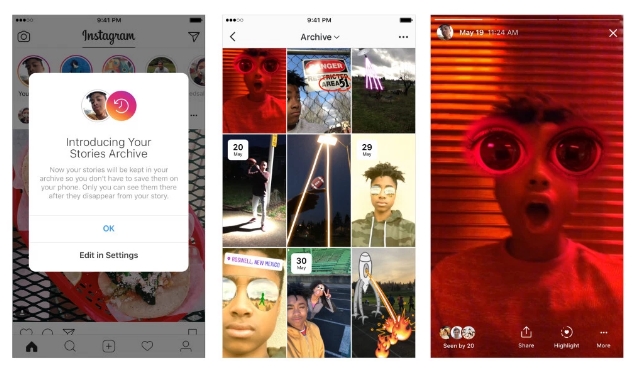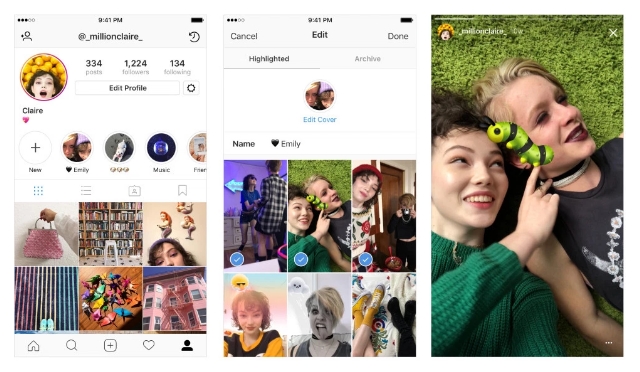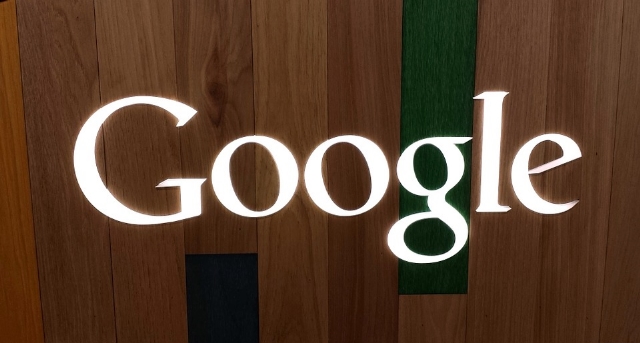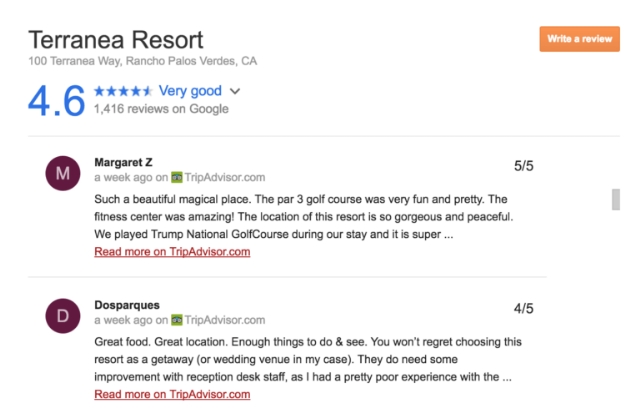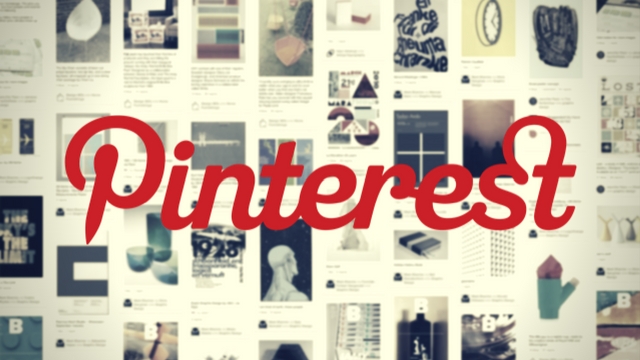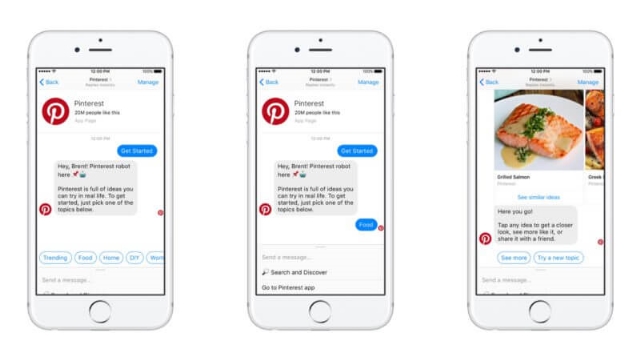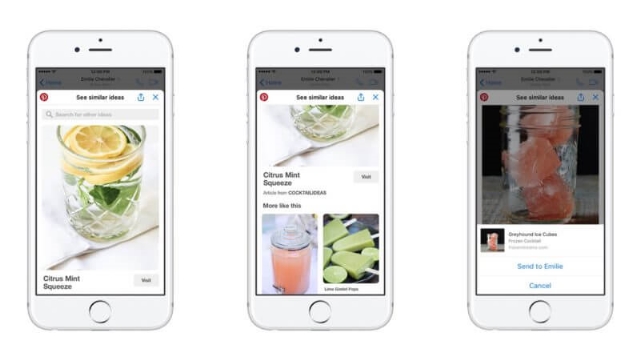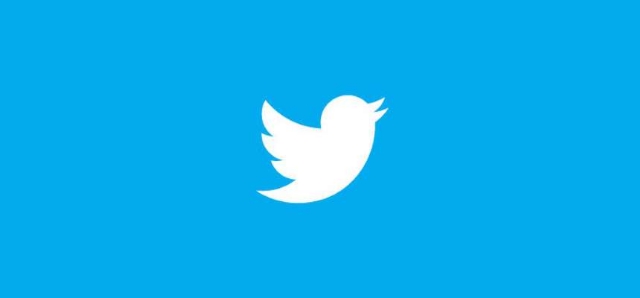
Twitter has shut down numerous accounts accused of artificially increasing the popularity of their posts using a method called “tweetdecking.”
Tweetdecking gets its name from the app TweetDeck, which can schedule posts ahead of time. Conspiring accounts were working together to retweet content in order to force it to go viral.
In this case, most of the accounts removed were using the technique to steal content (including memes and jokes) to make accounts more prominent. These accounts would then use their artificial popularity to promote other accounts or products for financial profit.
This practice blatantly violates Twitter’s spam policy. It is also just the latest instance of users and brands gaming the system to increase their online presence.
Since the earliest days of Google, brands and “black hat” users worked together to rig the search engine to ensure high visibility. Usually, this took the form of buying links to artificially appear authoritative to Google’s algorithm. The search engine has since worked to eradicate the practice, but similar tricks like buying “likes” or “retweets” have since sprung up on almost every other popular social platform.
Twitter’s latest bans are the most recent crackdown in a long-running game of whack-a-mole. Still, it provides a harsh reminder that brands who try to manipulate social networks or search engines in bad faith are nearly guaranteed to be eventually penalized or banned entirely.

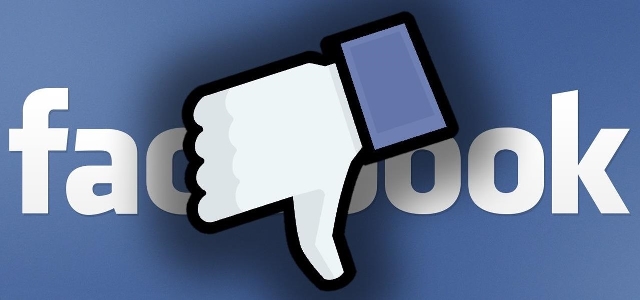

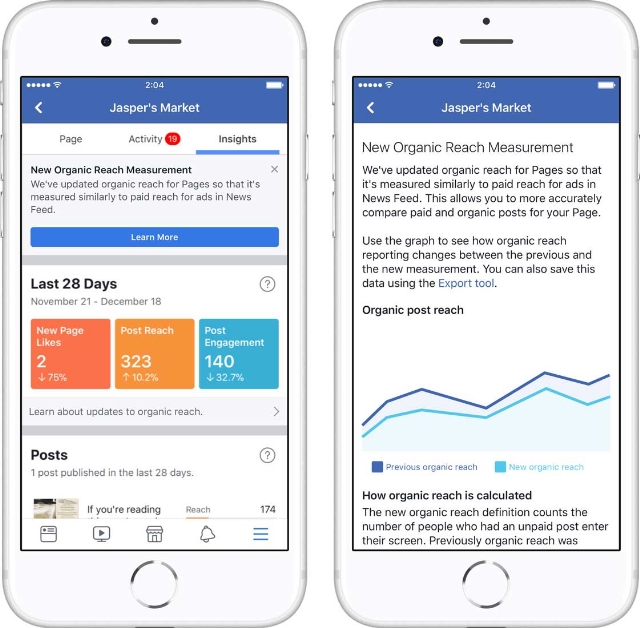 Now, Facebook has begun calculating reach based specifically on when a post is shown on a person’s screen. That means your view counts are likely to drop in Page Insights, but you’re only losing false-impressions.
Now, Facebook has begun calculating reach based specifically on when a post is shown on a person’s screen. That means your view counts are likely to drop in Page Insights, but you’re only losing false-impressions.